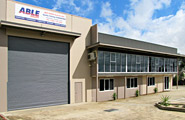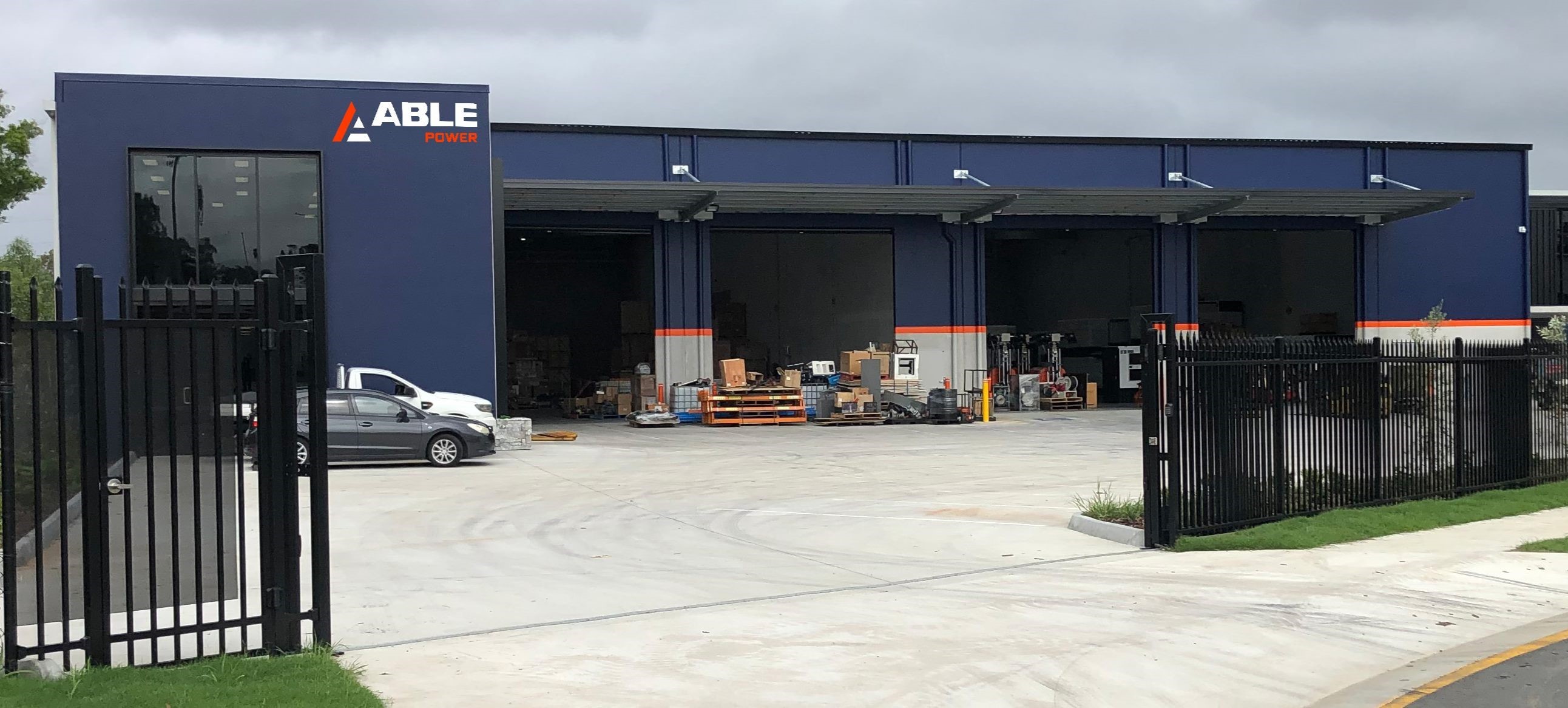Able Sales Locations

ABLE SALES(Melbourne)
Monday-Friday: 8am-5pm
Saturday: closed
Unit 5 / 11 Industrial Avenue,
Thomastown VIC 3074
(03) 9302 3602
LOCAL CALL 1300 735 902

ABLE SALES(Brisbane)
Monday-Friday: 8am-5pm
Saturday: closed
Unit 1 / 8 Prosperity Place,
Park Ridge QLD 4125
(07) 3272 9001
LOCAL CALL 1300 735 840

ABLE SALES(Perth)
Monday-Friday: 8am-5pm
Saturday: 8am-12pm
Unit 3 / 41 Tate Street,
Bentley WA 6102
(08) 9358 2299
LOCAL CALL 1300 793 001
Recent posts
Electrical Energy Efficiency on Australian Farms: Tips on Improving Farm Energy Efficiency to Save Costs
With the continuous rise of electricity and utility bills, now is more important than ever for farmers to take control of their energy use. Australian farms are notorious for using a lot of energy. Essential production combined with the use of machinery tends to tip power bills over the edge. But the rest of the country relies on them to utilise a lot of energy because it’s that energy that’s used to maximise safety, food freshness and efficient water use. Without it, Australia isn’t able to produce enough fresh food to feed itself.
On dairy farms in particular, electricity use is huge with an average cost per farm across 40 farms $35k in just one state. Unfortunately, this necessary high energy use on Australian farms comes at a big cost to farmers. One of the best ways we can build a resilience to the extreme power charges and build a more reliable food system is through energy efficiency and renewable energy. Here’s how you can start making a difference on your farm to cut down costs:
Use Energy Efficient Equipment
We’ve heard it all before about implementing energy efficient equipment in properties and farms, but until you’ve actually made the switch – you won’t realise just what all the fuss is about. Small changes create big impacts like switching incandescent light bulbs in production areas to fluorescent and LED lighting. Dairy farms can save a significant amount of money by switching to plate coolers or pipe-water, saving a 500 cow farm as much as $2,000 per year on electricity costs. Using plate coolers also lower the bacteria count – so that’s a double win for farmers.
Vacuum pump controllers can drop pump operating costs by 66% and water costs can be halved by using a heat recovery system. Upgrading fans to energy-efficient models can extend your barn’s life with better ventilation too. Fans are a necessary component of mechanical ventilation system in farm barns so making the switch can create a major contribution to your energy savings.
Invest in a Diesel Generator
Farm production and performance plays an important role in energy efficiency. If production time is down – even if it’s only temporary – this can affect Australian farms considerably. Investing in a portable diesel generator is the best peace of mind in meeting 100% of non-peak power requirements. Combined with the use of a renewable energy source like solar power, farmers are able to plan for power outages from grid power and keep their operations moving.
It is wiser to buy a new generator rather than invest time and money in an engine rebuild or alternator swap on old or second-hand generators, as a good share of inefficient diesel generators are old/second hand, which might mean inadequate maintenance and incorrect use. If the generator is decades old then the engine and alternator technologies lack the efficiency modern diesel generators can offer.
The biggest factors in making a diesel generator run at its top efficiency is to ensure:
- Proper maintenance
- Nominal capacity utilisation - use of parallel/synchronous generators if different demands are required
- Properly sized generator - do not run a generator without load or less than 1/3 of its maximum load for extended periods
- Efficient operational practices - avoid short run operations unless absolutely necessary
Review Tariffs and Wattage of Equipment
A simple check of your tariffs and service charges can eliminate a lot of unnecessary costs. A review should be done at least once a year to ensure your electrical supplier is offering the best deal for you and your farm needs. This provides an opportunity to check rates and charges offered by other suppliers too, which may be more suited. Both general tariffs and time of use tariffs (TOU) should be reviewed to see what’s attracting the higher service fees and how they can be reduced.
Run a wattage check on all motors and farm equipment to calculate the energy use. This information will be handy for the use of your diesel generator too. Multiply the kilowatts by the run time to calculate the kilowatt hours of energy use. Savings can be made by understanding the wattage of your equipment and taking advantage of as much off-peak or controlled load power as possible, when available.
Conduct an Energy Assessment
Review tariffs and wattage is one of the first steps of conducting an energy assessment. These audits are essential in reducing the amount of power you use in the farm and understanding what equipment consumes the most. Get an energy audit to break down the costs of your usage and find ways to reduce them. This should include a review of the time you use electricity in the farm and how much off peak power you’re taking advantage of.
At a minimum, all farms are encouraged to conduct a ‘level one’ audit. The basis of this will identify major energy savings opportunities and estimate payback periods for specific solutions. For farms with intensive facilities, like horticulture, dairy, pork or poultry, a ‘level two’ audit is encouraged to provide a more detailed and complex outline.
Keep Equipment Maintained
Every farmer should make it a priority to perform routine maintenance on all machinery. Not only does this keep performance at its peak, but equipment that isn’t looked after properly chews through power significantly. Air filters should be cleaned on a regular basis to encourage a better flow of ventilation in barns and production areas, motors, fans, belts and other mechanical equipment all need to be maintained to keep them operating at peak efficiency too.
Keeping machinery up to scratch will ensure you get the most out of your assets, strengthen their life spans and eliminate unnecessary costs.
Invest in Renewable Energy
For a farm building or operation to be energy efficient, renewable energy sources should be considered as part of an integrated solution. In Australia, we’re lucky to have ample amounts of sunshine and it’s becoming more necessary for farmers and households to take advantage of it. The more energy you can gain from sources like solar energy, wind power, geothermal, biofuel or geothermal; the better protected your farm can be from the rising electricity costs. These sources, paired with diesel back-up generators, will ensure maximum up-time and energy efficiency.
.




